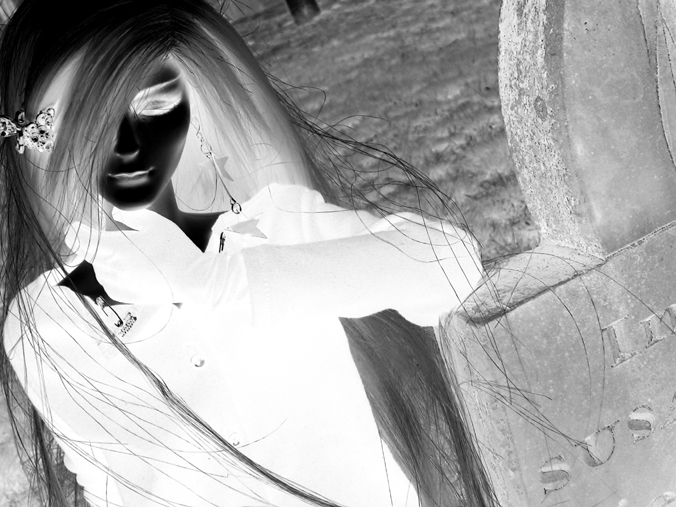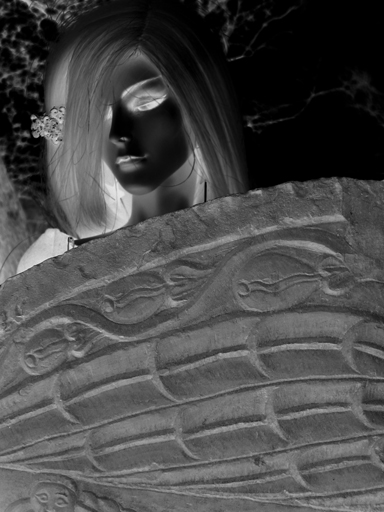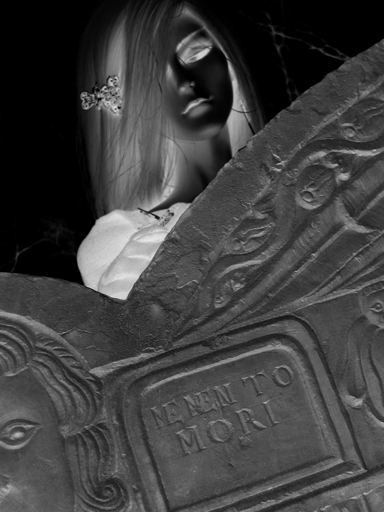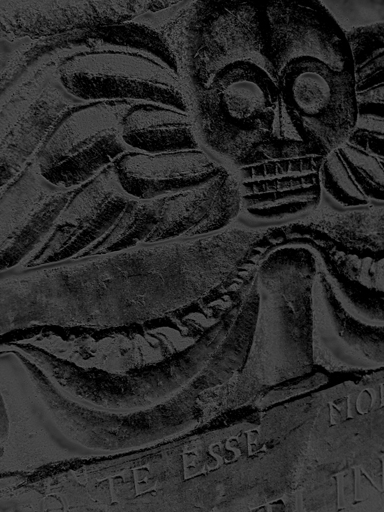Cemeteries have a certain quiet power to them that I enjoy, especially the old ones like First Parish Cemetery in Cambridge, MA, where the earliest stones date from the 1680s. It looks like a lawn full of old grey rocks or a garden growing stone. It’s a perfect place to wander and muse in.
Bending a little closer to look at the tombstones, though, I’ll find messages from the past. Memento mori. Be mindful of death. Memento te esse mortalem. Remember that you are mortal.
Then it strikes me that I’m walking on history. The city I live in was built upon the bones of people who died generations ago. All that’s left of them now are the stories on their stones and the ground they have fertilized. Hundreds of years separate them and me, but I’m really not so far of them. Here there’s just six feet of earth between them and me.
I stand in the present, but, in the cemetery, I’m so close to the past. I can see its quiet shift and rot and spring in the sink of the muddy ground and the surge of the buds of the trees. I can read it in the faded Latin of the epitaphs. I can even touch it in the rough, rounded, worn edges of the tombstones. I feel more a part of history, more a part of time, here in the cemetery.
This is why I find cemeteries so beautiful: the close, poignant juxtaposition of life and death. First Parish may look like just a place full of old carvings, but it’s holy ground. Photos in regular light don’t bring out the striking power of the place. But draining the photos of color or inverting them does evoke a haunting starkness. And then you realize that the cemetery is indeed another world, at once foreign and familiar.





2 Comments
That’s why I collect wheat pennies. My earliest is a 1910. Just to think of the sheer number of hands that it’s passed through… and the huge collection of real silver coins that my great-grandma left to me. <3
from Rosco
Le Sigh.